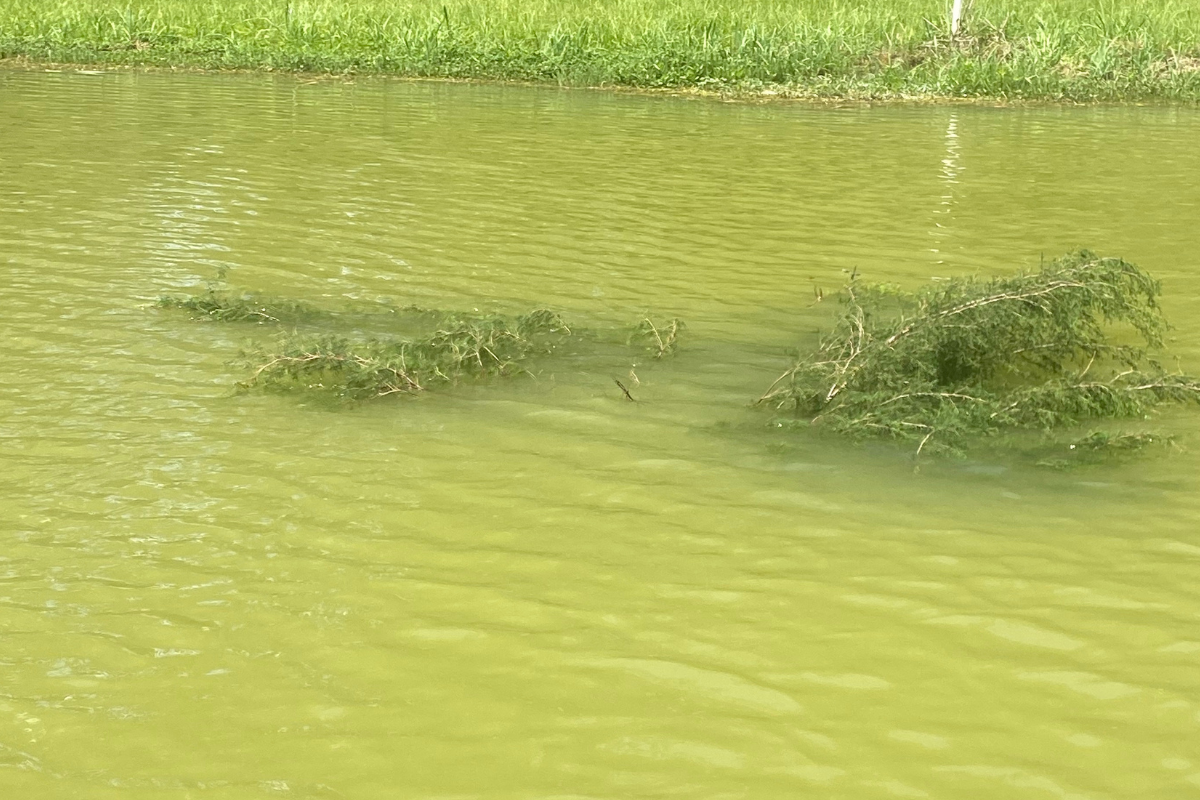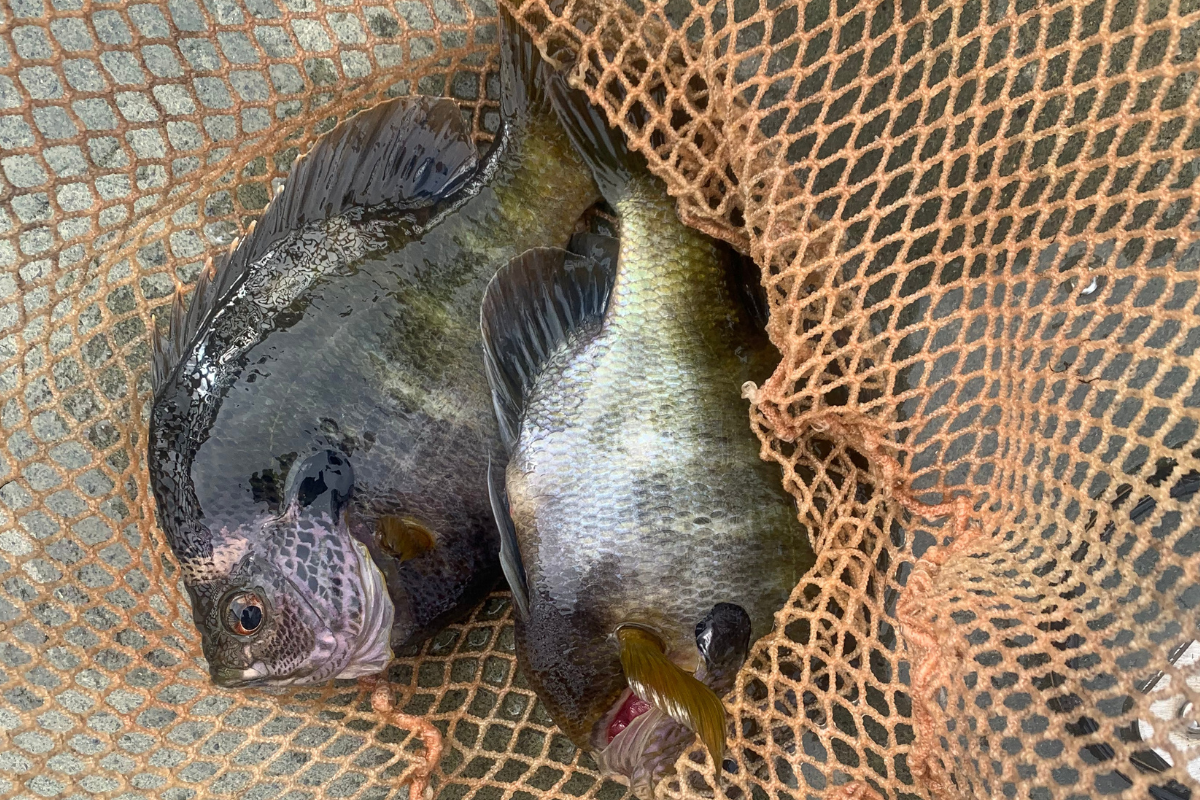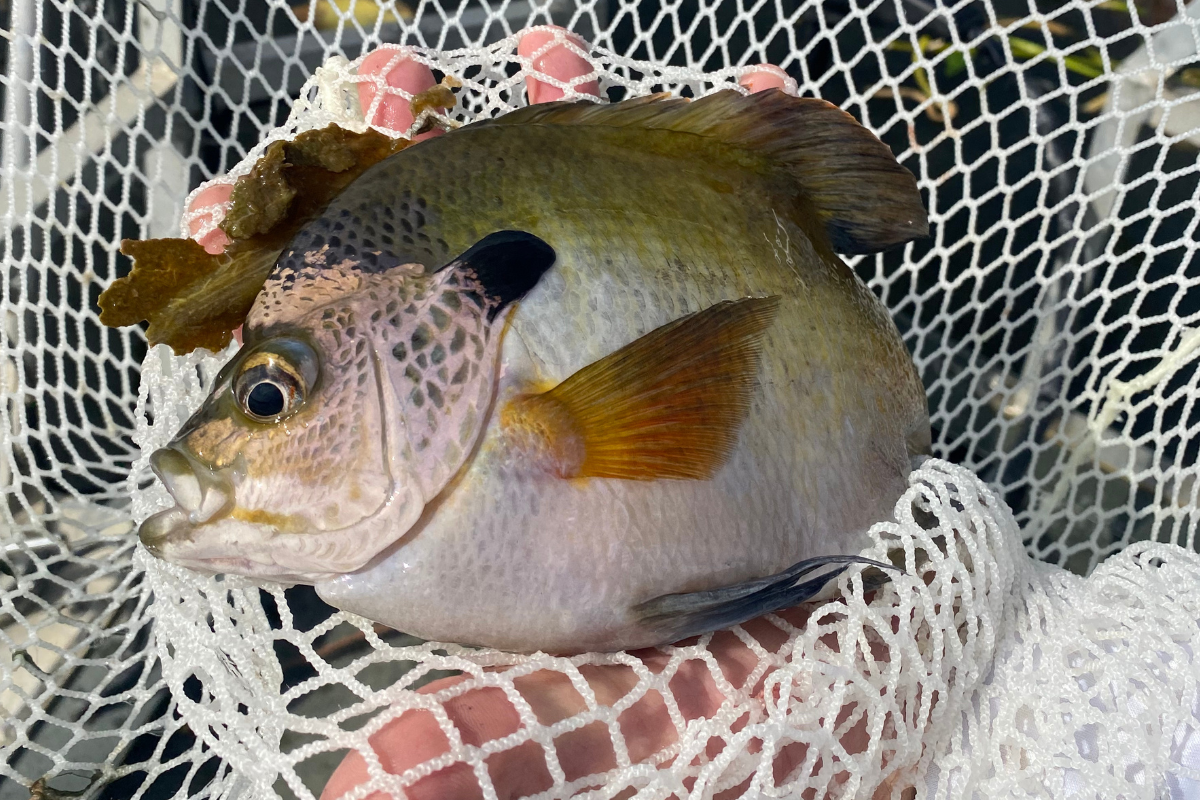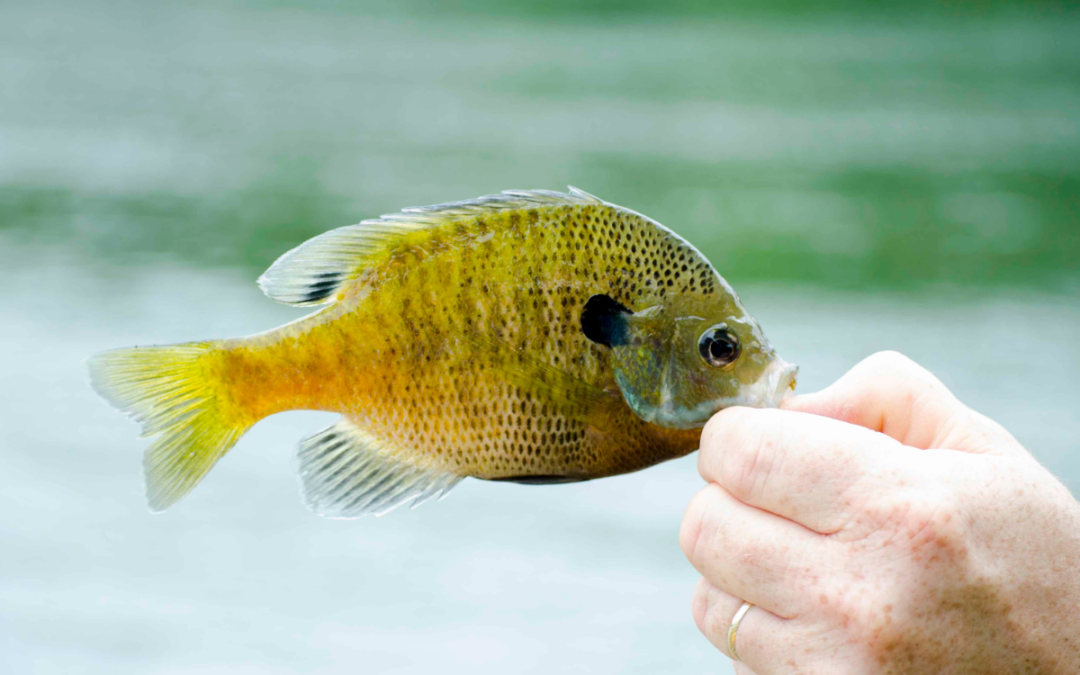When managing a pond ecosystem, one of the key elements to consider is the habitat needs of various fish species. Among these, bluegill (Lepomis macrochirus) are a popular choice for many pond owners due to their adaptability, recreational value, and role in the aquatic food web. Ensuring the survival and growth of juvenile bluegill is crucial for maintaining a healthy fish population, and one effective strategy to support these young fish is the addition of brush cover in the pond. Brush cover provides numerous benefits that enhance the habitat quality for juvenile bluegill, ultimately contributing to a balanced and thriving pond ecosystem.

Shelter and Protection from Predators
Juvenile bluegill are highly vulnerable to predation from larger fish, birds, and other predators. Brush cover, such as fallen trees, branches, and submerged shrubs, offers essential shelter that helps reduce predation pressure. The complex structure of brush piles creates hiding spots where young bluegill can evade predators, increasing their chances of survival. By providing these safe havens, pond owners can significantly boost the survival rates of juvenile bluegill, leading to a more robust population over time.
Enhanced Foraging Opportunities
Brush cover not only offers protection but also enhances the foraging opportunities for juvenile bluegill. These structures become hotspots for invertebrates, algae, and other food sources that juvenile bluegill rely on for nutrition. The spaces within the brush pile support a diverse community of microorganisms and small aquatic creatures, effectively creating a natural buffet for the young fish. This abundance of food in close proximity to their shelter allows juvenile bluegill to grow rapidly and develop into healthy adults.
Improved Water Quality and Oxygen Levels
Adding brush cover to a pond can also contribute to better water quality and oxygen levels. As brush decomposes, it provides a substrate for beneficial bacteria that help break down organic matter, reducing the overall nutrient load in the water. This process can help prevent excessive algae growth, which can lead to oxygen depletion and poor water quality. Additionally, the presence of brush can enhance aeration and water circulation, ensuring that oxygen levels remain sufficient to support a diverse aquatic community.

Spawning Habitat Enhancement
Brush cover is not only beneficial for juvenile bluegill but also plays a role in enhancing the spawning habitat for adult bluegill. During the spawning season, adult bluegill often seek out areas with ample cover to build their nests and protect their eggs. The presence of brush provides an ideal environment for this critical life stage, offering both protection for the nests and a stable substrate for egg attachment. By supporting successful spawning, brush cover helps sustain the bluegill population and ensures a steady supply of juveniles entering the ecosystem.
Biodiversity and Ecosystem Health
Introducing brush cover into a pond has far-reaching benefits beyond just supporting bluegill. The structural complexity added by brush piles enhances overall biodiversity by providing habitat for a wide range of aquatic organisms. This increased biodiversity contributes to a healthier and more resilient ecosystem, capable of withstanding environmental stressors and fluctuations. The interconnected relationships between different species create a balanced food web, where each organism plays a vital role in maintaining ecosystem stability.
Practical Considerations for Adding Brush Cover
When adding brush cover to a pond, it is essential to consider the placement and type of materials used. Select hardwood species, as they decompose more slowly and provide long-lasting structure. Arrange brush piles in shallow areas where juvenile bluegill are likely to congregate, but ensure they are not placed in locations that could impede water flow or interfere with recreational activities. Regularly monitor and maintain the brush cover to ensure it continues to provide effective habitat without becoming overly decomposed or obstructive.

Brush Cover Works!
In conclusion, incorporating brush cover into pond management practices is a simple yet highly effective strategy to support juvenile bluegill. By providing shelter, enhancing foraging opportunities, improving water quality, and promoting biodiversity, brush cover plays a vital role in creating a healthy and sustainable pond ecosystem. For pond owners and managers, investing in brush cover is a practical and rewarding step towards fostering a thriving bluegill population and a vibrant aquatic environment.
Let Up Help with Your Pond!
If you’re in the south GA or north FL region and need help managing the bluegill populations in your pond, complete this form and we’ll contact you to schedule a time to meet. We’ll perform a comprehensive population survey of predators and prey. We’ll then compile that data and make recommendations going forward. We look forward to turning your pond into a productive fishery for years to come!

